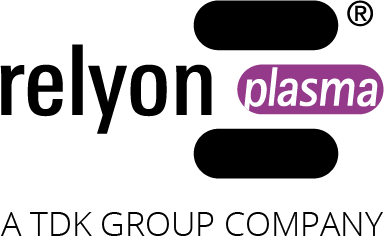Polyethylene (PE)
Polyethylene (PE) is a semi-crystalline thermoplastic produced by polymerisation of ethene and belongs to the group of polyolefins. PE was discovered by chance and originally used as a low-loss dielectric for high-frequency applications. It is now used for a wide range of applications and, with a world market share of 38 %, is the most widely used plastic.
Polyethylene types
Polyethylene is a very versatile plastic because its properties can be greatly influenced by the choice of polymerisation conditions. Different types are classified depending on how highly branched the polymer chains are and how high the polymer weight is.
Important types are:
- HDPE (high-density polyethylene): Few branches lead to a high density.
- LDPE (low-density polyethylene): Strong branching results in a polyethylene with a low density.
These types can have very different properties. By choosing polymerisation conditions, copolymers and catalysts, hard and soft plastics and even oils based on polyethylene can be produced.
Surface energy and contact angle
In addition to these advantages, polyethylene has a significant disadvantage: a low surface energy of about 36 mN/m. This makes subsequent processes more difficult, since wetting – as is absolutely necessary for printing or bonding processes – is very difficult. This problem can be overcome with prior atmospheric-pressure plasma treatment, so that the versatile material PE can subsequently be used for the whole range of subsequent processes.
The following table shows the effect of plasma treatment with the plasma system plasmabrush PB3 on the material PE.
| Material: PE | Surface energy | Contact angleH2O |
| Untreated | 36,0 mN/m | 85,0° |
| 5 minutes after plasma treatment | 66,0 mN/m | 34,5° |
| 1 hour after plasma treatment | 67,5 mN/m | 34,0° |
| 2 hours after plasma treatment | 66,0 mN/m | 35,0° |
| 4 hours after plasma treatment | 66,5 mN/m | 33,0° |
Applications
Polyethylene is mainly used in the packaging industry. Although it does not have high strength, it is characterized by high ductility. This makes it easy to process because it softens at temperatures as low as typically 80 °C. This enables a wide range of processing techniques, and forming processes in particular play an important role here. For example, polyethylene is used for thin but stable films as well as for plastic containers or water and gas pipes. Since PE is very resistant to chemicals, it is even suitable for the storage of chemicals.
Learn about our products >>



